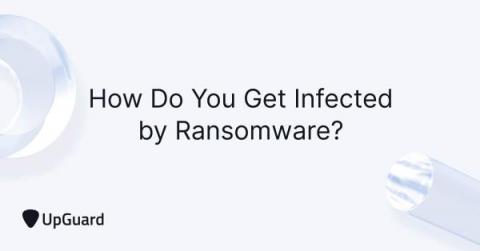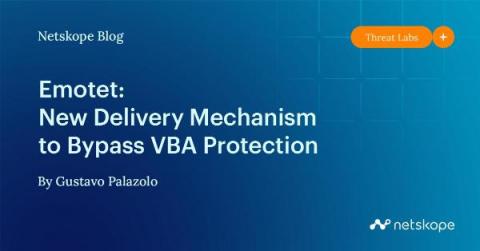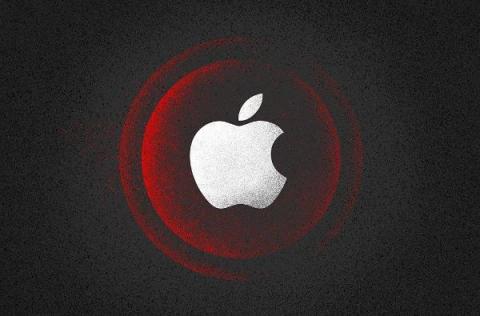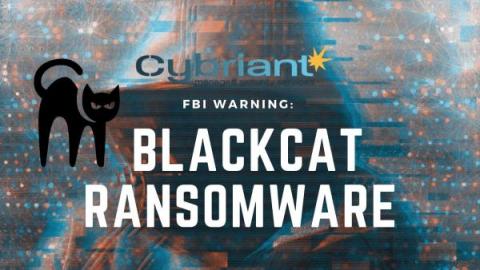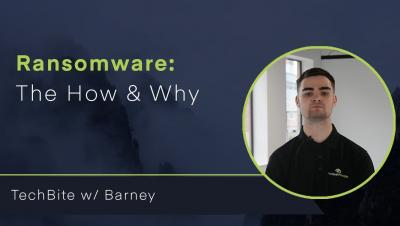How Do You Get Infected by Ransomware?
Over the last few years, the rate of cyberattacks has continued to hit record growth, taking advantage of individuals or businesses with poor cybersecurity practices. These attacks have affected healthcare, government, finance, and major businesses around the world. Of these cyberattacks, ransomware consistently ranks at the top of the most common cyber threats list, with an estimated 623 million incidents worldwide in 2021.


